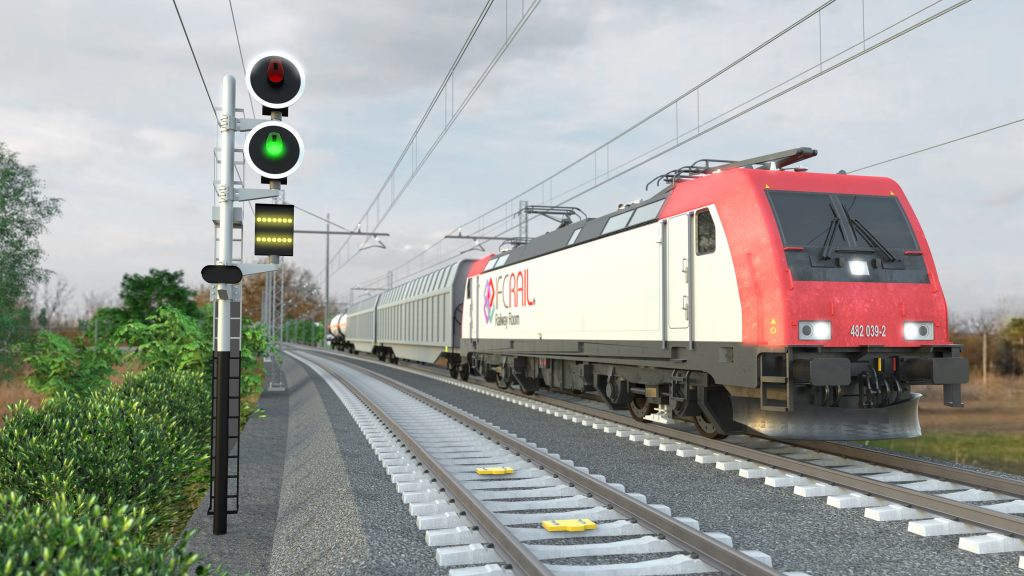In this article, ACCA Software explains how Building Information Modelling (BIM) is a useful tool for improving infrastructure design, coordination, and construction
Infrastructure projects are among the most complex and challenging to carry out because they have to cope with stricter requirements and deadlines and a higher technological threshold. In this age of rapid technological progress, one way to overcome some of these challenges is to use Building Information Modelling (BIM) methodology.
BIM is a process that can help improve the design, coordination and construction of infrastructure projects. But how can BIM be used in infrastructure projects?
The role and benefits of BIM for infrastructure
BIM for infrastructure is the use of BIM methodology in infrastructure projects such as bridges, tunnels, roads or railways.
BIM allows you to integrate in a single three-dimensional digital model all the information (physical, functional, performance and cost aspects) necessary for infrastructure design, build, and management.
Thanks to the BIM applied to infrastructures, it is possible to:
- Plan and design with a precision never seen before through virtual simulations that allow you to test various scenarios and identify potential problems before even starting construction;
- Optimise coordination between the various disciplines involved in the project;
- Optimally manage infrastructure maintenance and reduce the need for emergency repairs by monitoring the condition of individual components of the structure and planning future maintenance needs;
- Improve collaboration between teams as they can access a single central database, where all relevant information is stored, when needed.
BIM and open standards for infrastructure
BIM allows all members of the design team to work together on a single project in real time. Success depends on the ability to communicate with each other and to exchange information during the process. However, BIM only succeeds in maximising its potential through the use of open exchange formats such as IFC.
Currently, the IFC format allows to define the building structures exhaustively, and the infrastructures with less detail. However, with the final version IFC 4.3, ISO publication expected in 2023, the process to be able to fully represent also the linear infrastructures will reach its final stage.

IFC 4.3 is the result of a collaboration between domain experts and software vendors, mediated by the technical committee of buildingSMART.
In particular, ACCA software participated at the forefront by making its knowledge and technology available and by implementing the new features set by the standard. One of the phases of the validation process of the standard involved the implementation of real use cases to test the sturdiness of the new standard.
Case Study: RFI, Italian Railway Network
RFI, Italian Railway Network, expressed the need to digitise a railway asset of about 50 kilometers, for maintenance purposes, using the new IFC 4.3 standard.
To address this need, a working group was created that involved participants from RFI (Italian Railway Network), EAV (Volturno Autonomous Authority), ETS Ingegneria, University of Naples Federico II and ACCA software.

A process of digitisation started by using laser scanner technologies for the production of point clouds, drones for the making of textured meshes of the stations and geolocated and navigable 360 photos.
Then the IFC model was produced through the creation of a library of objects and reusable typologies, to which properties and characteristics of each entity were assigned.
All this information represents the basis for the integration of the IFC 4.3 model and the CDE, with the already existing Asset & Facility Management systems. The project was a finalist at the buildingSMART Awards in the Asset & Facility Management category.
ACCA software, besides actively participating in the development of the new IFC 4.3 standard for infrastructures, has offered its contribution to the testing phase by making its technology available for the online display of IFC 4.3 files.
The BIM viewer for the management of large linear infrastructures (such as railways, roads, bridges, etc.) is now available in the updated version of usBIM.

















